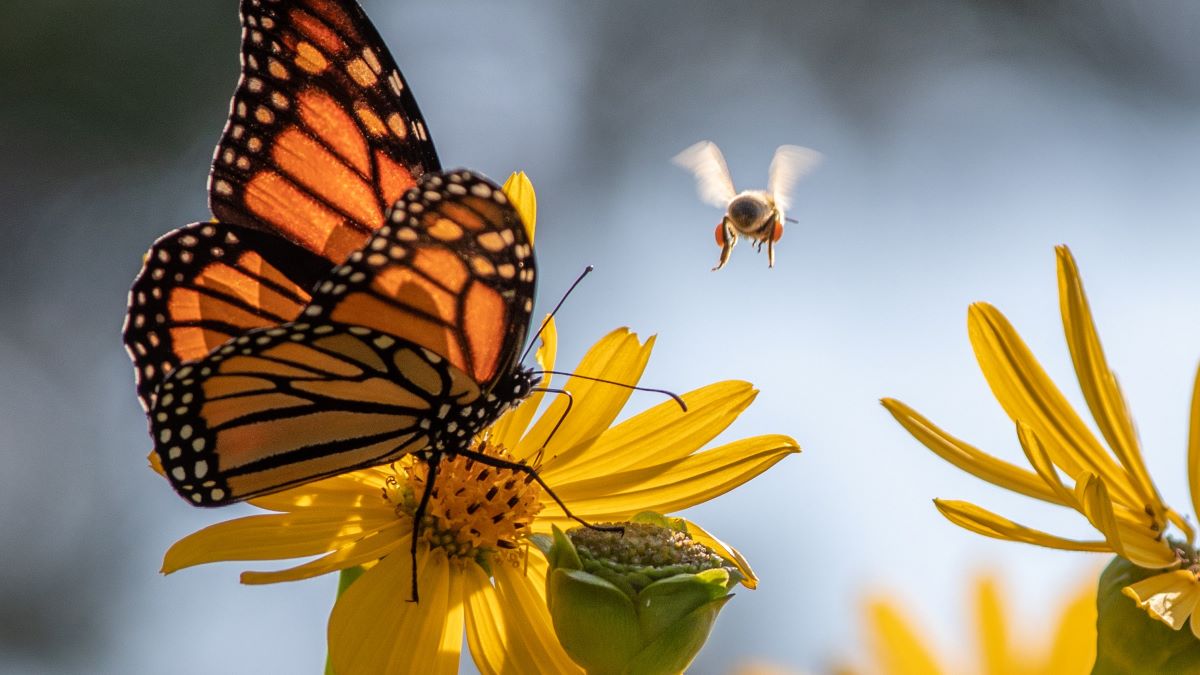
"More than a third of global food production relies on animal pollinators. Birds, bees, butterflies, beetles, bats, and other small mammals all contribute to the pollination of not just food crops, but flowers and other plants with commercial and ecological value. Honeybees alone pollinate 90 species of commercially grown food crops. And there are tens of thousands of other bee species that pollinate plants in the wild."
"Studies show that the biomass of flying insects was reduced by 76% over 27 years in German nature protection areas. More recently, a comprehensive 2025 assessment of nearly 1,600 native North American pollinators found that over one in five species (22.6%) face elevated extinction risk. Bees are the most threatened insect group, with approximately 35% of assessed bee species at risk. All three North American pollinating bat species are threatened, while significant numbers of butterflies (19.5%) and moths (16.1%) also face extinction risk."
Pollinators provide essential services for agriculture and ecosystems, with more than a third of global food production dependent on animal pollinators. A wide range of taxa contribute, including birds, bees, butterflies, beetles, bats, and other small mammals, and honeybees alone pollinate 90 commercially grown food species. Research documents dramatic declines, including a 76% reduction in flying insect biomass in German protected areas and a 2025 assessment showing 22.6% of nearly 1,600 North American pollinators face elevated extinction risk. Bees are especially threatened, commercial beekeepers lost 60–70% of colonies in 2024–2025, and Varroa destructor mites resistant to amitraz are a primary driver. Parasitic mites weaken bees and transmit viruses. Threats are interconnected and compounding, including pesticides, habitat loss, and invasive species.
Read at Earth911
Unable to calculate read time
Collection
[
|
...
]